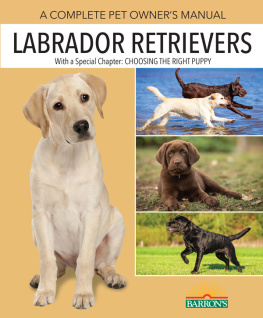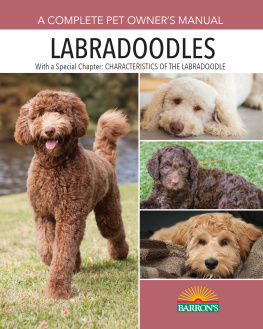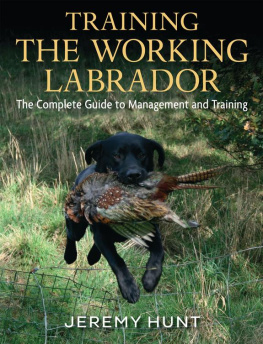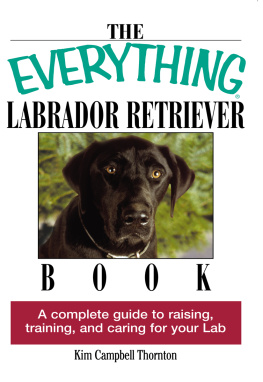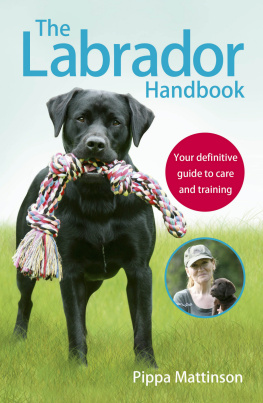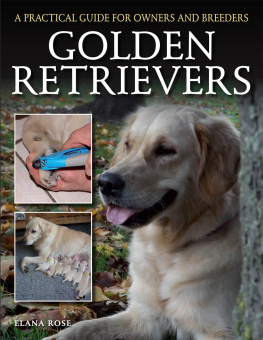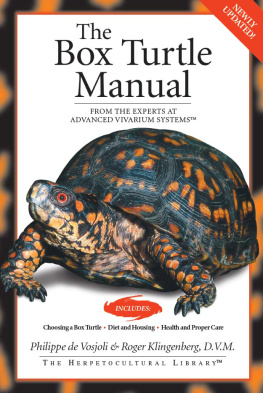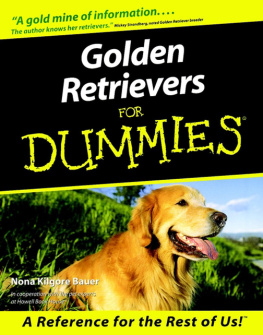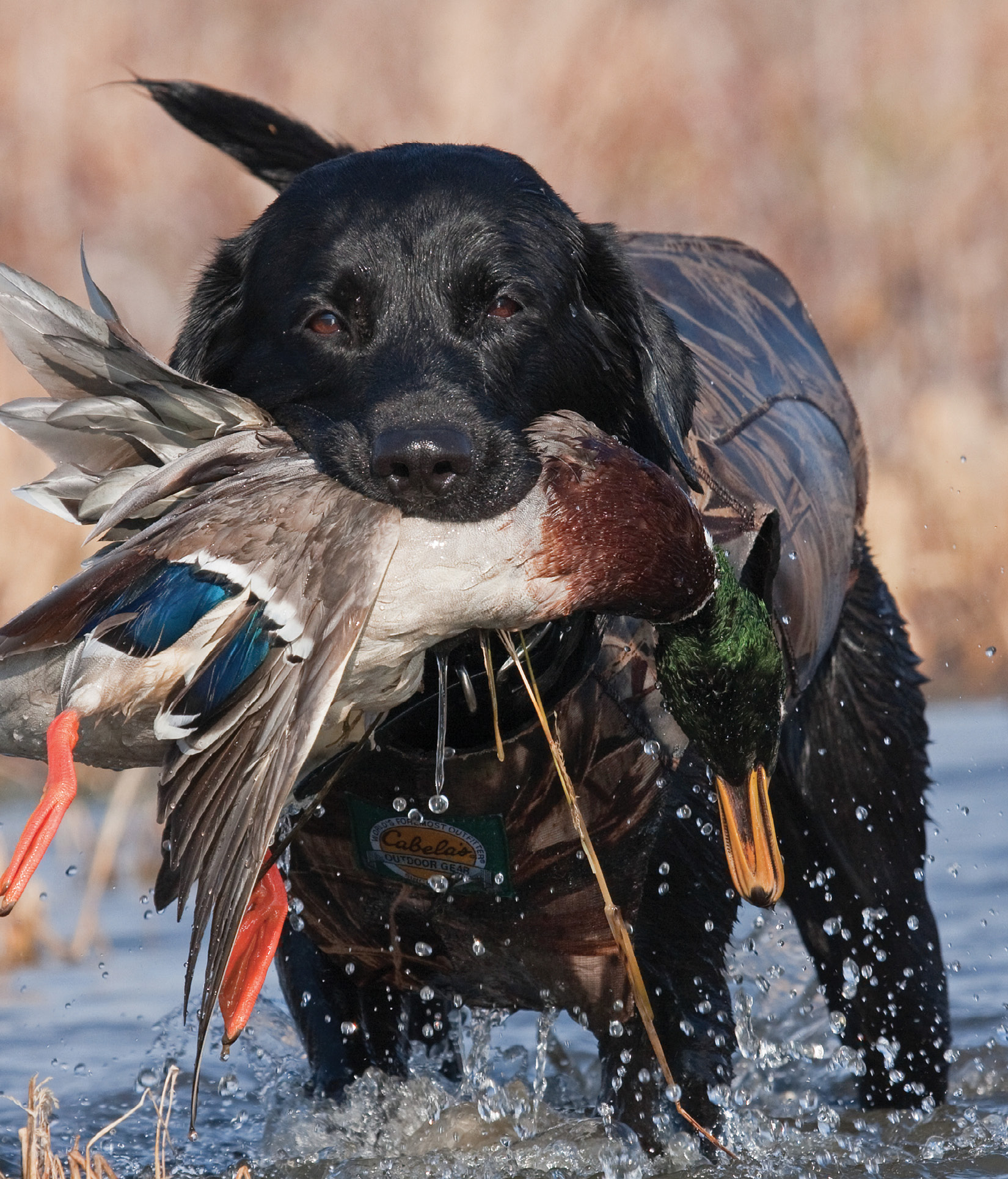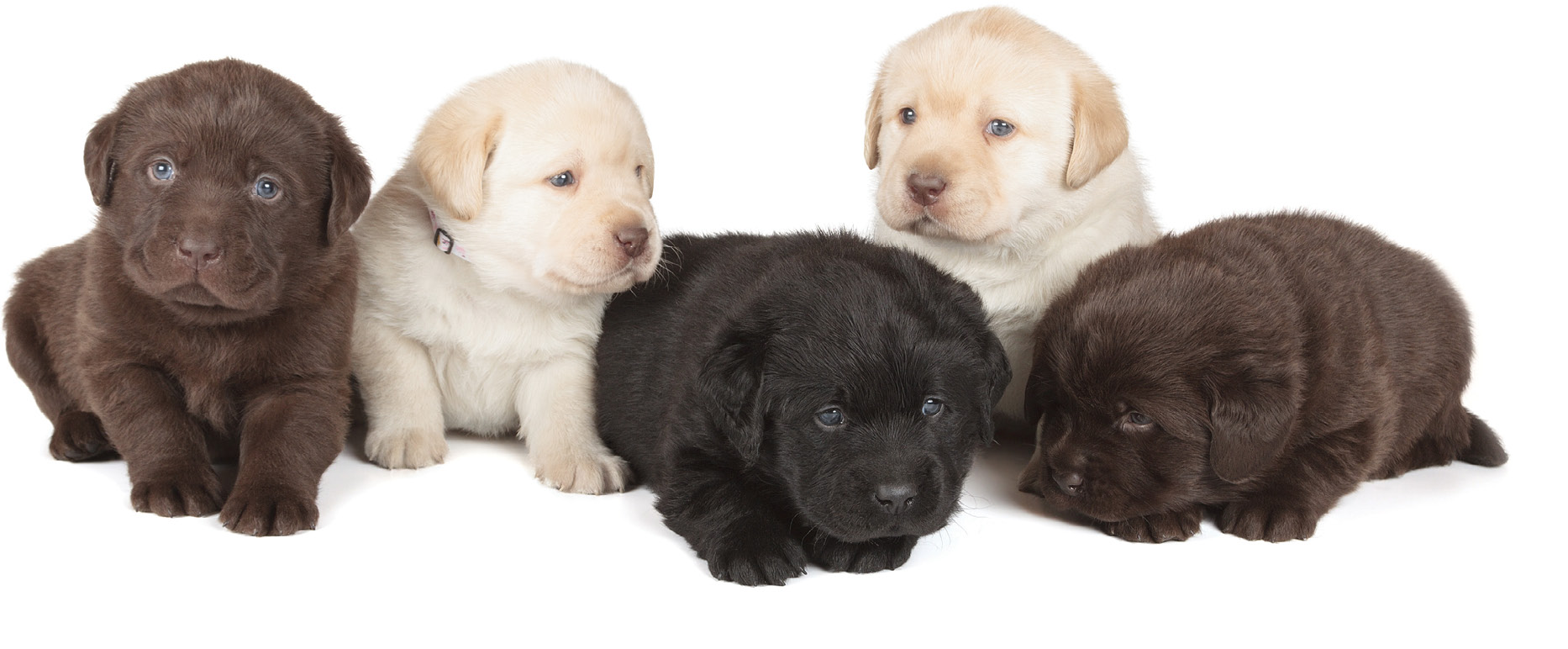The earliest origins of the Labrador Retriever are thought to have developed over a period of more than 200 years, dating back to the late 1500s in Newfoundland as an all-purpose retriever/fishermans dog.
By the 1830s, the great sportsmen of England took a keen interest in the breed that was developing in Newfoundland and began importing St. Johns Water Dogs. Within 50 years, St. Johns dogs became so highly valued as hunting dogs in England that it was estimated that more than 60 gamekeepers were training, breeding, and looking after these treasured imports. It was this incredible interest in the breed by the British that made the survival of the Labrador Retriever possible.
Just as the Lab had attracted the attention of Englands nobility, the Lab had also garnered followers overseas in the United States. In the 1920s, the gentlemens sport of shooting, which had become popular in Scotland, quickly became a passion among Americas wealthy. Affluent individuals with a penchant for hunting imported Labradors from famous English kennels and employed Scottish gamekeepers to develop and run their shooting preserves and sprawling hunting estates.
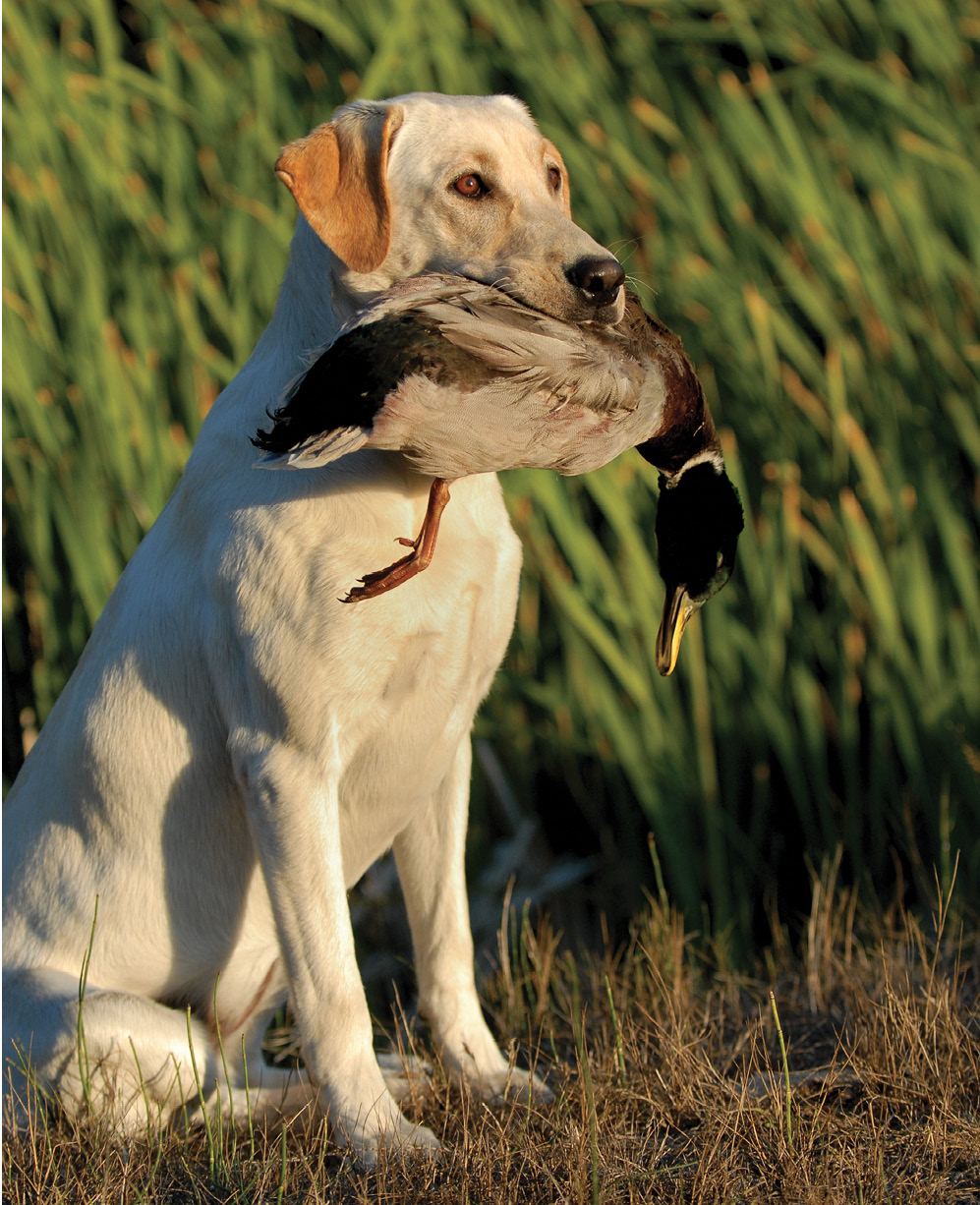
It wasnt long before American sportsmenbeyond those with great wealthwere attracted to the superb hunting abilities of the Labrador and gained a keen interest in the breed. From the late 1930s to the late 1970s, the Labrador Retriever grew in popularity among competitive field trialersthose seeking an excellent personal hunting dog in the field, and also in the show ring. The popularity of the breed remained in a controlled, gradual climb, which enabled breeders to retain the breeds strong hunting characteristics, health, and sound temperament.
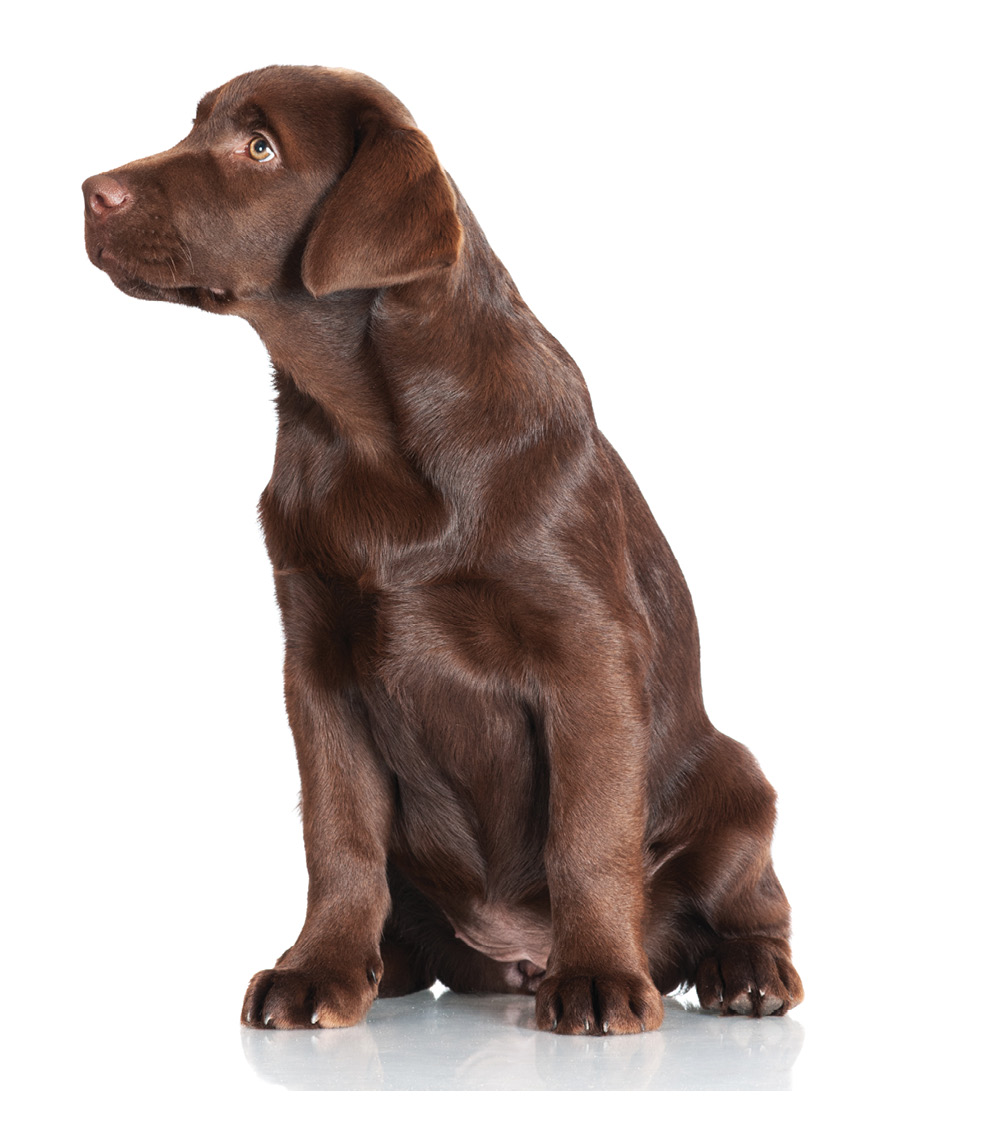
Then, in the early 1980s, pet owners discovered just how amazing this breed could be as a family dog under the right conditions. Because the Lab was so adaptable, the right conditions encompassed a broad range of living conditions and family situations. It is at this point that the breeds popularity made the jump to include not only sportsmen and women but pet owners, and those involved in performance events, search and rescue, service dog training, and K9 scent detection programs (e.g., explosives, arson, narcotics, smuggled currency, agriculture, etc.). Fortunately, the Labrador, unlike many other breeds, was able to make this huge jump in popularity without serious health and temperament problems.
Labs as Working Dogs
Along the way to his rise in fame, the Labrador Retriever earned kudos for his potential as a working dog outside that of a superb hunting dog in marshes and fields. The Labrador is commonly used in many service dog programs for the blind and disabled. The breed is also revered for his work in arson detection, and in some areas of the country, the Labrador is the only breed trained for this work. Additionally, the Labrador has served for decades as a scent detection dog for the Transportation Security Administration (TSA) and for some time, the TSA actually bred Labrador Retrievers specifically for explosives detection work.
Working Labs are frequently used as single-purpose, scent detection dogs in military, police, and government agency K-9 programs. As a single-purpose K-9, these dogs are not required to perform patrol dog duties (i.e., apprehending criminals), and are reserved for detection work only, trained to scent materials such as narcotics, explosives, illegal agricultural imports, or smuggled money.
Labrador Retrievers are also used quite honorably both as K-9s and as volunteers in Search and Rescue (SAR) work, and have been attributed with the finds and rescues of many missing, lost, and/or trapped individuals, as well as providing closure for families of those who are less fortunate.
The Labrador Retriever was bred for the build (e.g., body type, coat length, physical endurance, etc.), as well as the characteristics (e.g., drives, temperament, etc.) to perform upland game and waterfowl hunting duties. Many of these qualities began to take shape, literally, as the St. Johns dog developed: a broad chest, buoyant body, and webbed feet made for an excellent swimmer, and an efficient distribution of body fat with a thicker, shorter double coat that repelled water made the dog more resilient to Newfoundlands icy waters. The development of the Labradors unique otter tail, a thick, three-quarter-length, rudder-like tail that is mostly straight and held lower than most tails, produced an exceptional water-retrieving dog.

The Labrador Retrievers breeding and refinement that continued in England during the 1800s produced a gun dog that is equally qualified to hunt both on land and in water. The Lab was bred to hunt alongside an individual as a personal hunting companion, rather than to run ahead at great distances. The Lab was also bred to be calm and patient, as waiting in marshes and blinds might be required for long periods of time, yet have the endurance to hunt all day if required.
The Labrador Retriever can scent a shot bird or track a wounded bird. The breed is noted for its soft mouth: the ability to gently carry shot game so the meat of the bird is not damaged. The Lab is bred for tremendous courage, as it is not easy for a dog to leap into icy waters or fight his way through thick and unforgiving underbrush to retrieve fallen game. And of course, there is the Labs incredible innate drive to retrieve .
All of these qualities and characteristics are so ingrained in the Labrador that even though the Lab jumped into popularity in recent decades, much of the original Lab remains uncorrupted today.
Labrador Retrievers come in three colors: black, yellow, and chocolate.
Black Labs should be solid black; however, they often have snips of white markings, particularly on the toes, pads of the paws, chest, and sometimes a spot on the chin. Anything larger than a spot on the chest, however, is a disqualification in the show ring.
Yellow Labs range in color from a very rich, almost red-fox coloring to a creamy, nearly white color. The yellow Labradors lips, nose and eye rims should be black; however, a yellow Labs black nose can lighten up with age and/or in colder climates. It also can get a pinkish cast to it. A yellow Lab that is born with a pink nose and has a pink or chocolate eye rim coloring is called a Dudley, and cannot be shown in the breed ring.
Chocolate can range in color from a beautiful, deep liver color to a light, caf au lait coloring. Chocolate Labradors have chocolate eye rims, lips, and noses. The chocolate color is the least recorded of the three colors of the Labrador Retriever.

